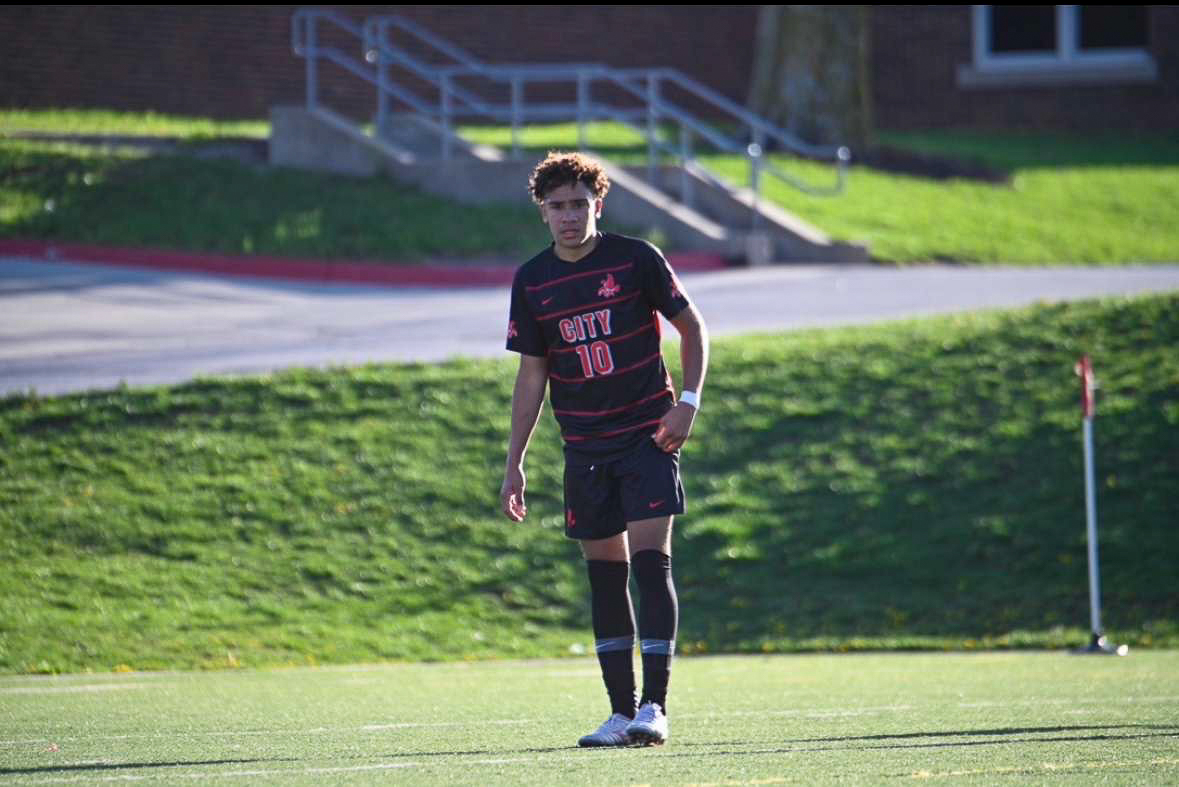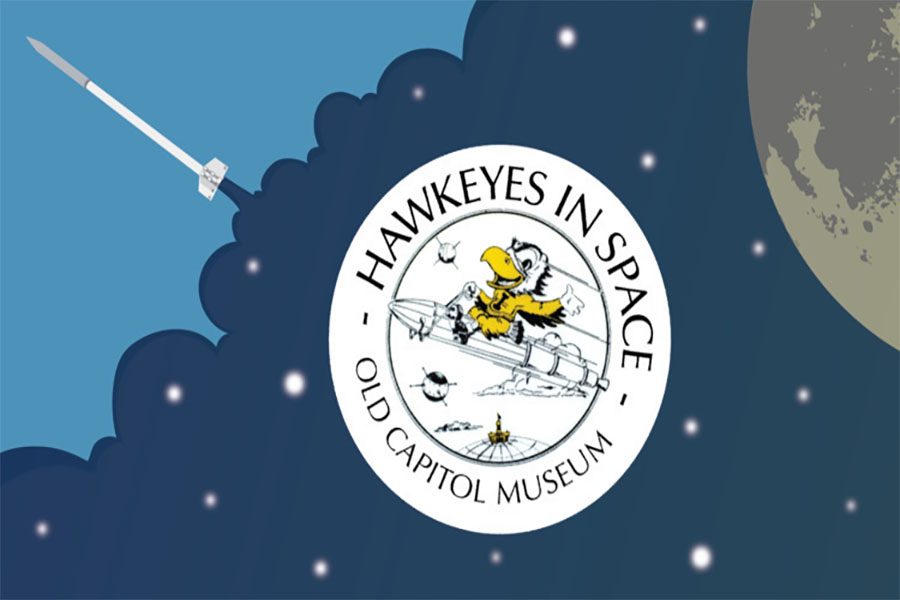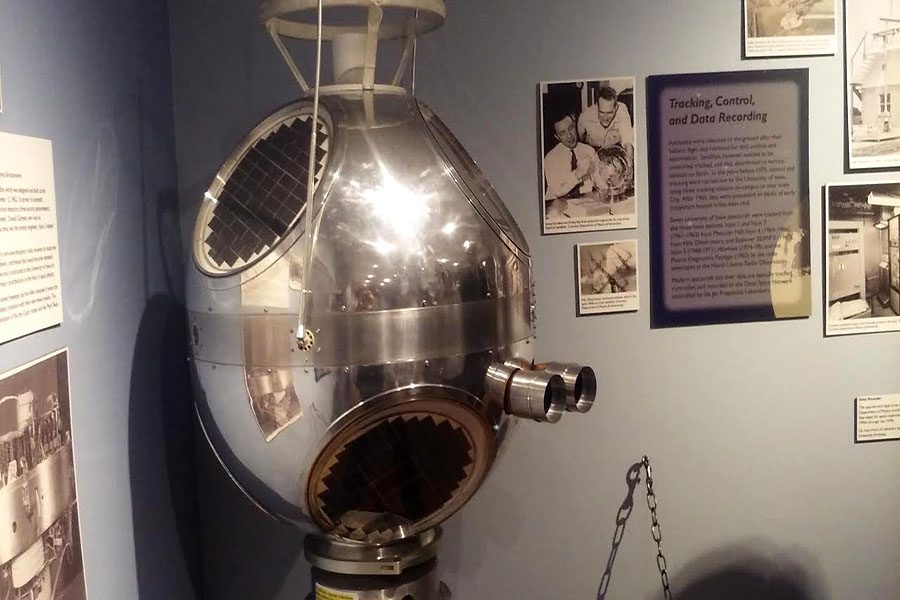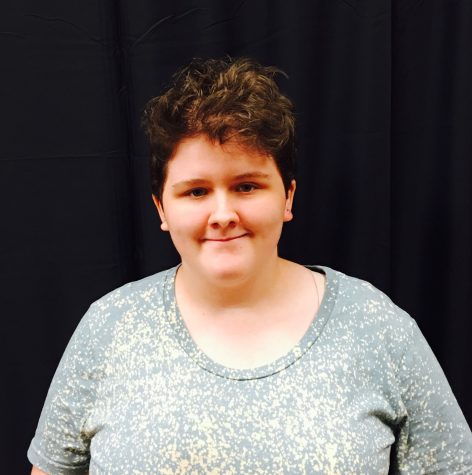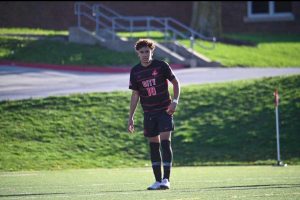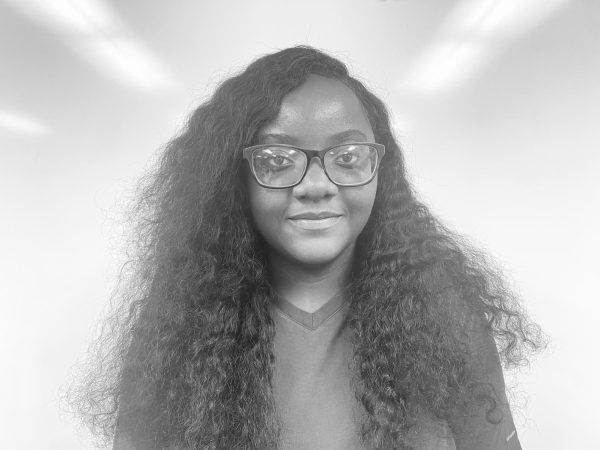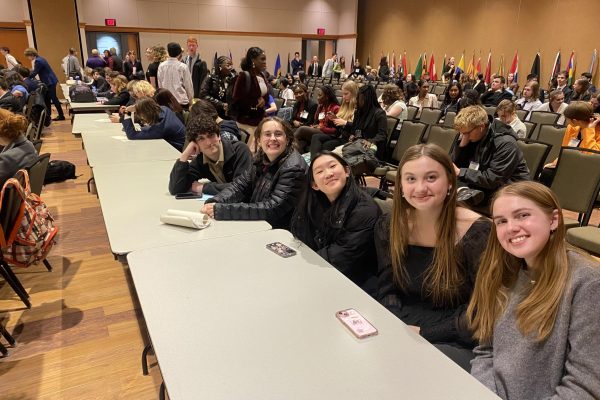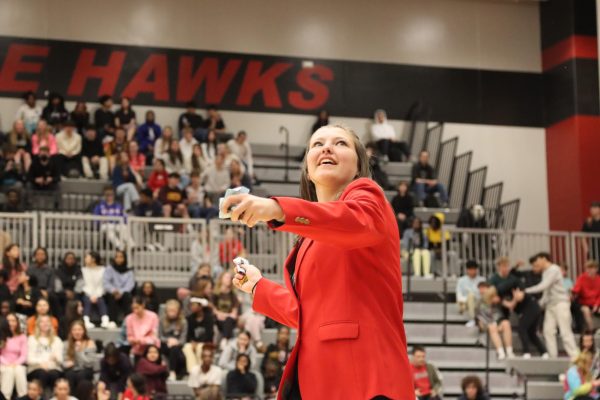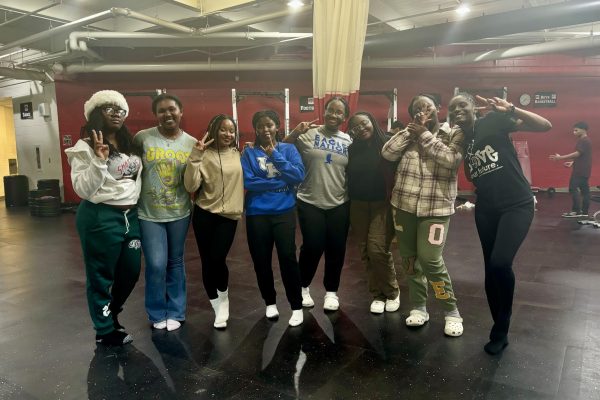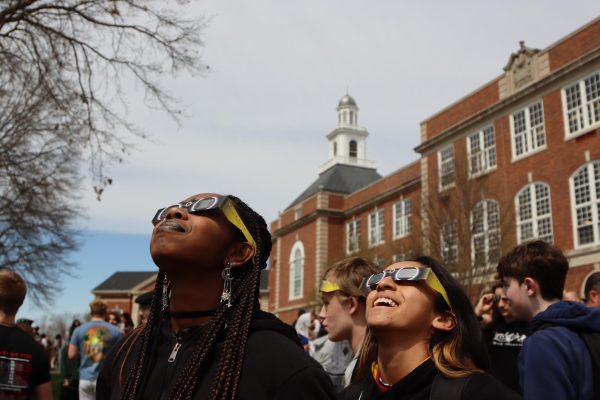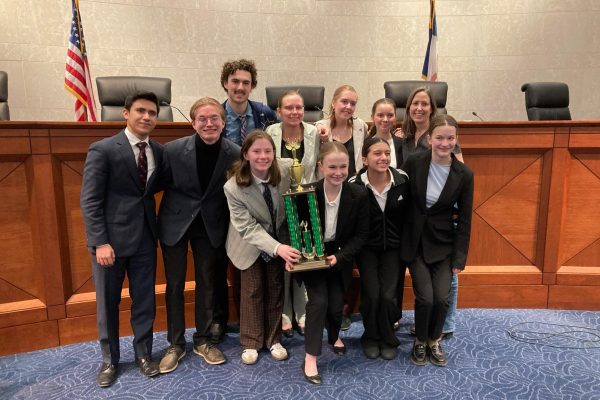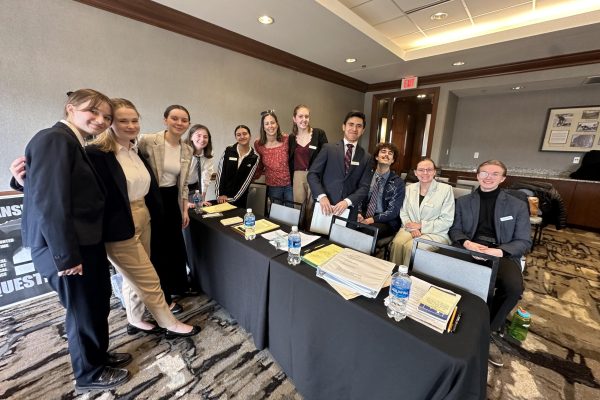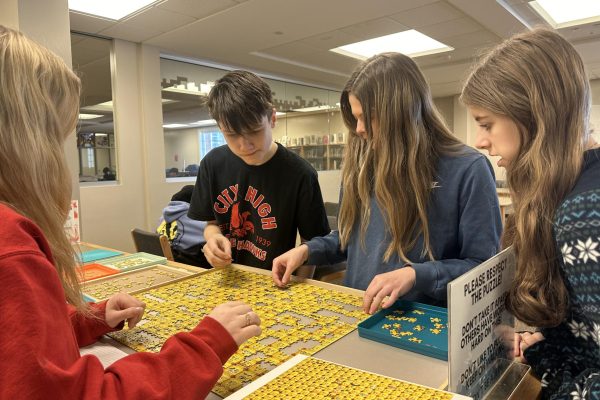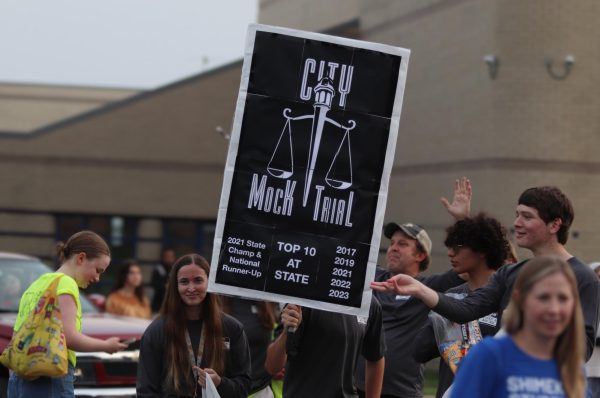Hawkeyes In Space
October 12, 2016
The Hawkeyes in Space exhibit focuses on how the university has helped in space exploration throughout its history. Walking into the first section of the exhibit a person would see varying sizes of chrome objects shining. Professor Cornela C. Lang was one of the people who helped make the exhibit a reality.
“The exhibit was a true labor of love, with contributions from many different people,” Lang explains.
The Department of Physics & Astronomy has had a major role- including James Van Allen’s Rockoon experiments- which was a balloon-rocket combination that lifted rockets on balloons high above most of Earth’s atmosphere before firing them even higher- and the discovery of Earth’s radiation belts with Explorer 1 through spacecrafts such as Voyager, MAVEN, and the Van Allen Probes.
The exhibition has three major components-History and Legacy of Space Exploration at the University of Iowa, The Physics of Space, and Current Space Science Research at the university. The first includes artifacts the department has collected through their decades of space research. There are components of rockets, scientific instruments, and photographs of Van Allen and his teams. In the second component it focuses on the basic physical processes of the phenomena that are observed by spacecraft, it will also answer questions with interactive displays. The third and final component of the exhibit focuses on the current space and astrophysics research being carried out by the faculty and staff of the Physics & Astronomy department, as well as highlighting the contributions of the undergraduate students in the program.
The exhibition takes place at the Old Capitol Museum in the basement, and will be going through the thirty-first of May. Lang explained her hopes for this exhibit:
“Our hope in putting the ‘Hawkeyes in Space: UI Physics, Past and Present’ exhibit was to engage the local community in the rich tradition of space science research that has existed at the University of Iowa for the past 65 years.”
Starting with the arrival of Professor James Van Allen in 1951, the department has designed, built, tested and tracked more than 120 instruments that have flown in space. Current NASA spacecraft contain recently built instruments, such as the “Waves” antenna in orbit around Jupiter on the spacecraft JUNO that is studying the magnetic environment of the largest planet in our Solar System.






